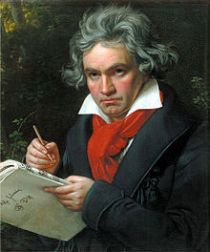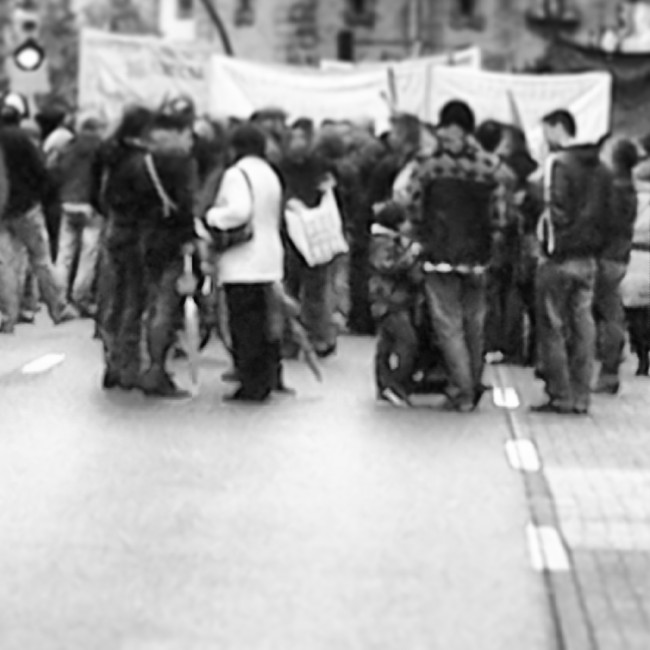We believe that European citizenship is a feeling people have to develop since they are young. For that reason, we have decided to do a quiz for the children of our school, which consists on some questions related to Europe and the European Union. It will take place on the 9th of May, coinciding with Europe Day. Our aim is to discover how much they know about this place we live in, and also offer them the possibility to learn a lot more and become even more interested about this topic. We hope this opportunity will be useful for them to feel more European and make a contribution to our continent when they are older. It is vital to make this feeling grow in them when they are little, because they are the generation who could change the world tomorrow and this way they will think of Europe as something own. If we didn’t try to do this at these ages, maybe they would never be willing to do something for Europe.
The early childhood education is very important for the mental development of children and adolescents, therefore, the global trend is to achieve a stimulating educational purpose, increasingly early in children.
Education is a key when it comes to getting a number of lifestyle habits. Since we are small education has an important role in our life, and therefore it must be correct.
When they are little, children experience an extraordinary development of their skills and motivation to think about what they do, predict the outcome of their actions, language and recall their experiences showing that the experiences they gain in school are significant for their integral growth.
The role of the school in the child’s psychological development is important and, therefore, essential because at this age the little child is trained and educated not only by the interaction of the family and community, but also by the activities within the institution, where the stimulus, rules, values and resources are part of their overall development.
It is true that knowledge is necessary, but, with the pace of today’s world it makes more sense to help the child gain the skills needed to perform effectively in any situation that they may encounter.
The main purpose of school is to enable each child during their early school years, to be active and independent in their own learning. For this it is necessary that the small possesses a positive self image, as a person and as a learner and as part of a society based on their skills and abilities. The maturity of the child is perceived in terms of intellectual functioning, the strength of their self-confidence, initiative, creativity and ability to relate to others, allowing them to participate in the social, political and economic life of their country.
In the educational process parents have an important role. His behaviour and way of acting at certain times will be a clear reference to us.
It is true that the environment in which we grow up and we live has an important role in taking a series of habits in life. So from here we want to encourage parents to cooperate with us and make their children have a European identity since they are little.
Finally, we think an educated person can better educate their children than an uneducated one, so if the European feeling finally grows in this generation, we will be able to have a much more “European society” in the future.

By CNICE free photos album


















